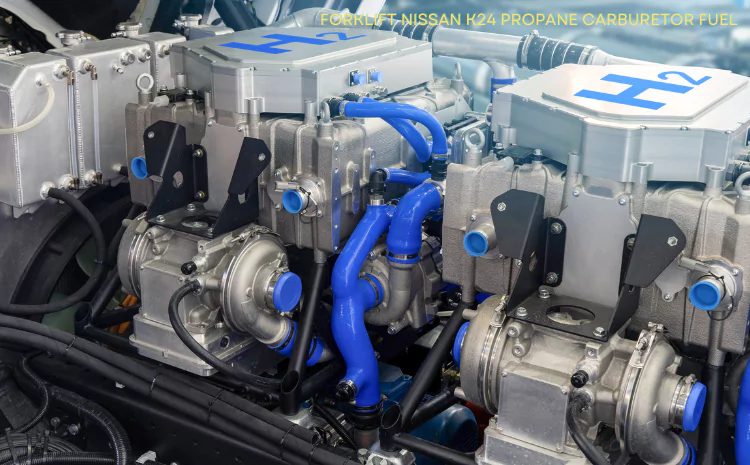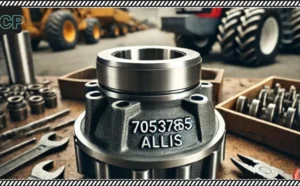If you’re working with a Nissan K24 forklift, you’re probably familiar with its reliability and power. But to keep it running smoothly, you need to understand its propane carburetor fuel system. This guide will walk you through everything you need to know about maintaining and troubleshooting the propane carburetor, ensuring your forklift remains in top condition.
What is a Propane Carburetor?
A propane carburetor is a device used to mix propane fuel with air in the correct proportions for combustion in an internal combustion engine. Unlike gasoline carburetors, which deal with liquid fuel, propane carburetors handle vaporized fuel. This difference influences their design and operation.
Components of the Nissan K24 Propane Carburetor
- Carburetor Body: The main housing that contains all other components.
- Float Chamber: Regulates the fuel level in the carburetor.
- Throttle Valve: Controls the amount of air and fuel entering the engine.
- Metering Jet: Determines the fuel flow rate.
- Idle Adjustment Screws: Allows fine-tuning of the idle speed.
How the Propane Carburetor Works?
The propane carburetor functions by delivering a precise mixture of propane and air to the engine. The float chamber maintains the correct fuel level, while the throttle valve adjusts the air-fuel mixture according to the engine’s needs. This precise mixture ensures optimal combustion and performance.
Benefits of Using Propane Fuel
Propane fuel offers several advantages:
- Environmental Advantages: Propane burns cleaner than gasoline, reducing emissions.
- Cost-Effectiveness: Often cheaper than gasoline, leading to cost savings.
- Performance Improvements: Propane engines can offer smoother operation and fewer maintenance issues.
Maintenance Tips for the Nissan K24 Propane Carburetor
To keep your carburetor in top shape:
- Regular Cleaning: Prevents build-up and ensures smooth operation.
- Checking for Leaks: Regularly inspect for any signs of propane leaks.
- Replacing Worn Parts: Ensure all components are in good condition.
- Adjusting the Idle: Properly adjust the idle screws for optimal performance.
Common Issues and Troubleshooting
- Hard Starting Problems: This could be due to a clogged carburetor or incorrect fuel mixture.
- Poor Acceleration: Often caused by a malfunctioning throttle valve or metering jet.
- Uneven Idling: Can result from a dirty carburetor or incorrect idle settings.
- Propane Fuel Leaks: Inspect the system regularly for any signs of leaks.
Step-by-Step Troubleshooting Guide
- Diagnosing Hard Starting: Check for fuel flow issues and clean the carburetor.
- Fixing Poor Acceleration: Inspect and adjust the throttle valve and metering jet.
- Addressing Uneven Idling: Clean the carburetor and adjust the idle screws.
- Resolving Fuel Leaks: Tighten fittings and replace any damaged hoses.
When to Seek Professional Help
If you encounter persistent issues or complex problems:
- Signs You Need Expert Assistance: Difficulty in diagnosing or fixing the problem.
- Choosing the Right Technician: Look for a professional with experience in propane carburetor systems.
Upgrading and Replacing the Propane Carburetor
- Signs of Wear and Tear: Decreased performance or frequent issues.
- How to Choose a Replacement: Ensure compatibility with the Nissan K24.
- Installation Tips: Follow manufacturer guidelines for proper installation.
Safety Considerations
- Handling Propane Safely: Always follow safety guidelines when working with propane.
- Ensuring Proper Ventilation: Work in a well-ventilated area to avoid gas buildup.
- Personal Protective Equipment: Wear appropriate safety gear to protect yourself.
Conclusion
Understanding and maintaining the Nissan K24’s propane carburetor fuel system is essential for ensuring optimal performance and longevity of your forklift. Regular maintenance and prompt troubleshooting of issues can keep your equipment running smoothly and efficiently. Always prioritize safety and consult professionals when needed.









